The film “Ode to My Father” is warming hearts across society these days, especially as we approach the year end.
The movie takes place in Korea from the 1950s to the 1980s. As of December 24, eight days after its first screening, it has recorded more than 2.3 million ticket sales, becoming the most-seen movie in Korea this week. The realistic portrayal of life and society during those times is considered to be its key to success.
Though fiction, it wins sympathy from all viewers, as it is based on fact. The movie begins with the Hungnam Evacuation in December 1950 during the Korean War (1950-1953). U.N. forces had to make a large-scale withdrawal from Hamheung, Hamgyeongnam-do (South Hamgyeong Province), because of a massive attack from North Korea and China. The family members of the hero, Deoksu, escape from Heungnam Port barely escaping the Communist regime and head to the South.
Thousands of Koreans were separated when they got onboard the U.S. naval ships there for evacuation. Deoksu was no exception. He lost his youngest sister and father when boarding the ship.
After arriving in Busan with no money, his family does any chore to survive and lives close to the Gukje Market. In order to support his mother and siblings in the 1960s, Deoksu leaves for Germany to work as a miner. During the three-year contract term, he works diligently and comes back home with the large amount of money he saved. During his stay in Germany, he met a Korean woman who was working there as a nurse. The two get married. Thanks to the money he saved, he was able to buy a house and set up the economic foundation for his family as a breadwinner.
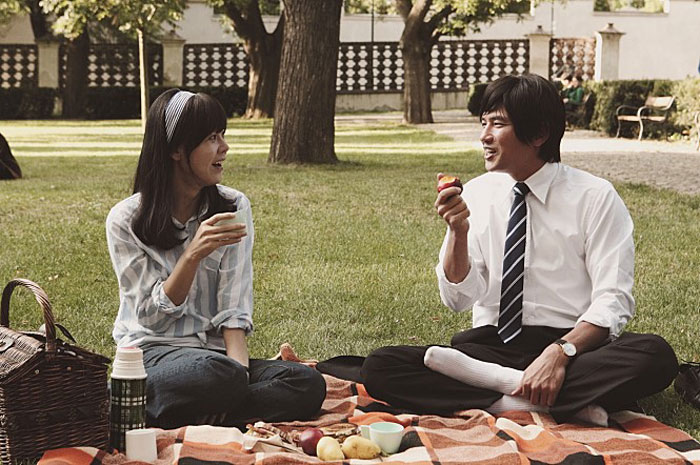
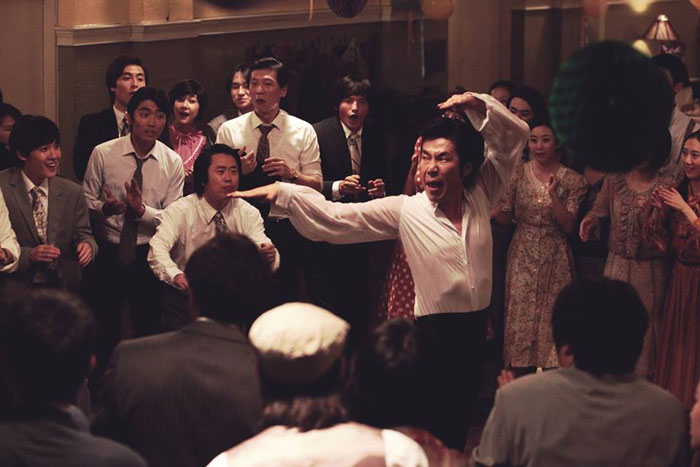
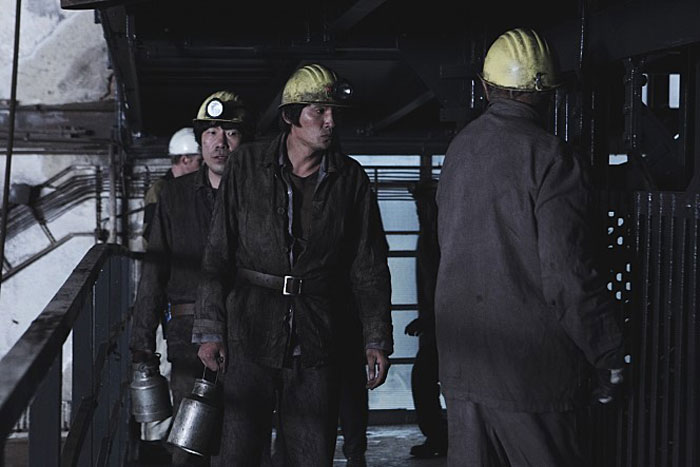
In fact, Germany was regarded as an object of envy for Korean youth at that time. Many Korean men and women in their 20s left for Germany to work as miners, nurses and nurse’s aides. From December 21, 1963, to the late 1970s, a total of 7,936 Korean miners and 11,057 nurses and nurses’ aides worked in mines and hospitals in Germany, according to the association of Korean workers dispatched to Germany as miners and nurses.
In the early 1970s, Deoksu again leaves, this time for Vietnam, in order to make money for the wedding of his sister. He works in logistics with the Korean soldiers fighting there. In Vietnam, he is shot in the leg and becomes disabled for the rest of his life. After coming home, he maintains his family while running a shop that sells imported goods in the Gukje Market.
Though it’s not based on a single true story, the experiences of the Korean War, and working in Germany and the Vietnam War draw the sympathy of many people, especially those in their late 60s and 70s. They all lived through the same historic events.
The reunion of separated family members in the 1980s marks the end of the film, as Deoksu finds his youngest sister who was separated during the evacuation of Heungnam Port during a live broadcast on KBS. The live broadcast of the reunion of separated family members was actually a real event at the time. The scene perfectly recreates the air of the times.
Director Yoon Je-kyoon explained the purpose of making this film by saying, "This movie is dedicated to the generation of our fathers who devoted their lives to the fullest during times of hardness, exhaustion and intensity. Though based on the story of a family, this movie is expected to attract more movie lovers, as it displays Korea’s modern history such as the war, working overseas and the reunion of separated families."
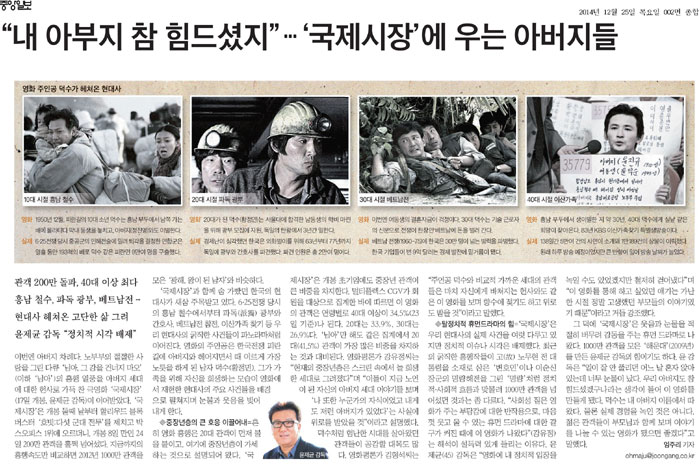
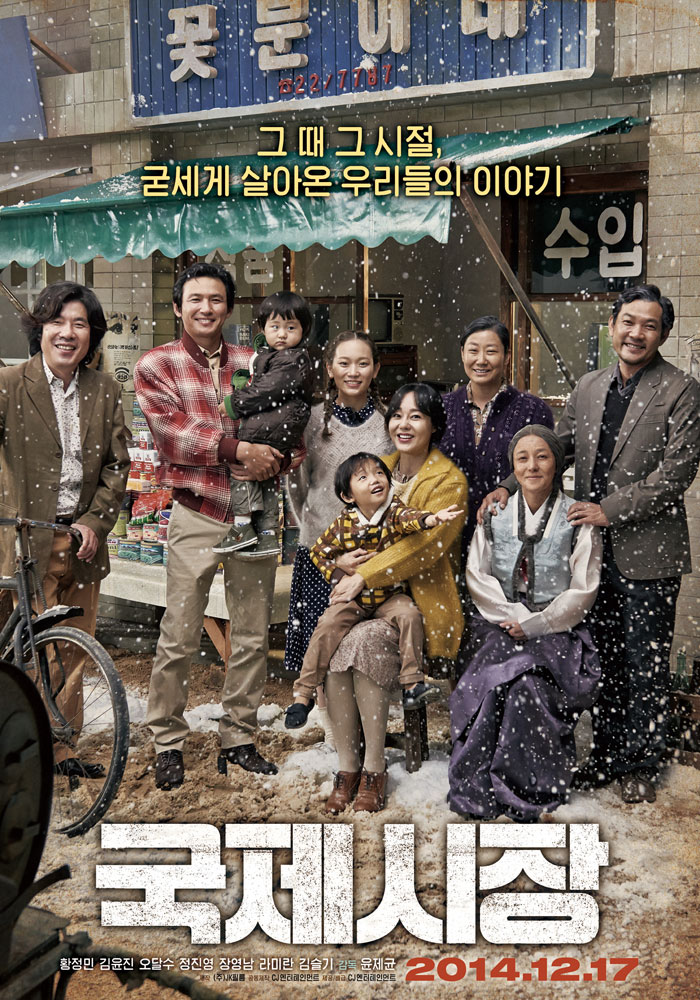
By Wi Tack-whan, Yoon Sojung
Korea.net Staff Writers
whan23@korea.kr
Photos: Ode to My Father Facebook, Naver Movie

The movie takes place in Korea from the 1950s to the 1980s. As of December 24, eight days after its first screening, it has recorded more than 2.3 million ticket sales, becoming the most-seen movie in Korea this week. The realistic portrayal of life and society during those times is considered to be its key to success.
Though fiction, it wins sympathy from all viewers, as it is based on fact. The movie begins with the Hungnam Evacuation in December 1950 during the Korean War (1950-1953). U.N. forces had to make a large-scale withdrawal from Hamheung, Hamgyeongnam-do (South Hamgyeong Province), because of a massive attack from North Korea and China. The family members of the hero, Deoksu, escape from Heungnam Port barely escaping the Communist regime and head to the South.
Thousands of Koreans were separated when they got onboard the U.S. naval ships there for evacuation. Deoksu was no exception. He lost his youngest sister and father when boarding the ship.
After arriving in Busan with no money, his family does any chore to survive and lives close to the Gukje Market. In order to support his mother and siblings in the 1960s, Deoksu leaves for Germany to work as a miner. During the three-year contract term, he works diligently and comes back home with the large amount of money he saved. During his stay in Germany, he met a Korean woman who was working there as a nurse. The two get married. Thanks to the money he saved, he was able to buy a house and set up the economic foundation for his family as a breadwinner.

Deoksu, who decides to work as a miner in Germany to support the tuition fees of his sibling, meets Yeongja, who also works as a nurse in the country. The two eventually get married.

Both Korean miners and nurses comfort their loneliness by getting together. Many of them became couples.

While working as a miner in Germany, Deoksu faces a moment of danger due to a mining accident.
In fact, Germany was regarded as an object of envy for Korean youth at that time. Many Korean men and women in their 20s left for Germany to work as miners, nurses and nurse’s aides. From December 21, 1963, to the late 1970s, a total of 7,936 Korean miners and 11,057 nurses and nurses’ aides worked in mines and hospitals in Germany, according to the association of Korean workers dispatched to Germany as miners and nurses.
In the early 1970s, Deoksu again leaves, this time for Vietnam, in order to make money for the wedding of his sister. He works in logistics with the Korean soldiers fighting there. In Vietnam, he is shot in the leg and becomes disabled for the rest of his life. After coming home, he maintains his family while running a shop that sells imported goods in the Gukje Market.
Though it’s not based on a single true story, the experiences of the Korean War, and working in Germany and the Vietnam War draw the sympathy of many people, especially those in their late 60s and 70s. They all lived through the same historic events.
The reunion of separated family members in the 1980s marks the end of the film, as Deoksu finds his youngest sister who was separated during the evacuation of Heungnam Port during a live broadcast on KBS. The live broadcast of the reunion of separated family members was actually a real event at the time. The scene perfectly recreates the air of the times.
Director Yoon Je-kyoon explained the purpose of making this film by saying, "This movie is dedicated to the generation of our fathers who devoted their lives to the fullest during times of hardness, exhaustion and intensity. Though based on the story of a family, this movie is expected to attract more movie lovers, as it displays Korea’s modern history such as the war, working overseas and the reunion of separated families."

Local media covers news about the movie 'Ode to My Father.'

Poster for ’Ode to My Father’
By Wi Tack-whan, Yoon Sojung
Korea.net Staff Writers
whan23@korea.kr
Photos: Ode to My Father Facebook, Naver Movie